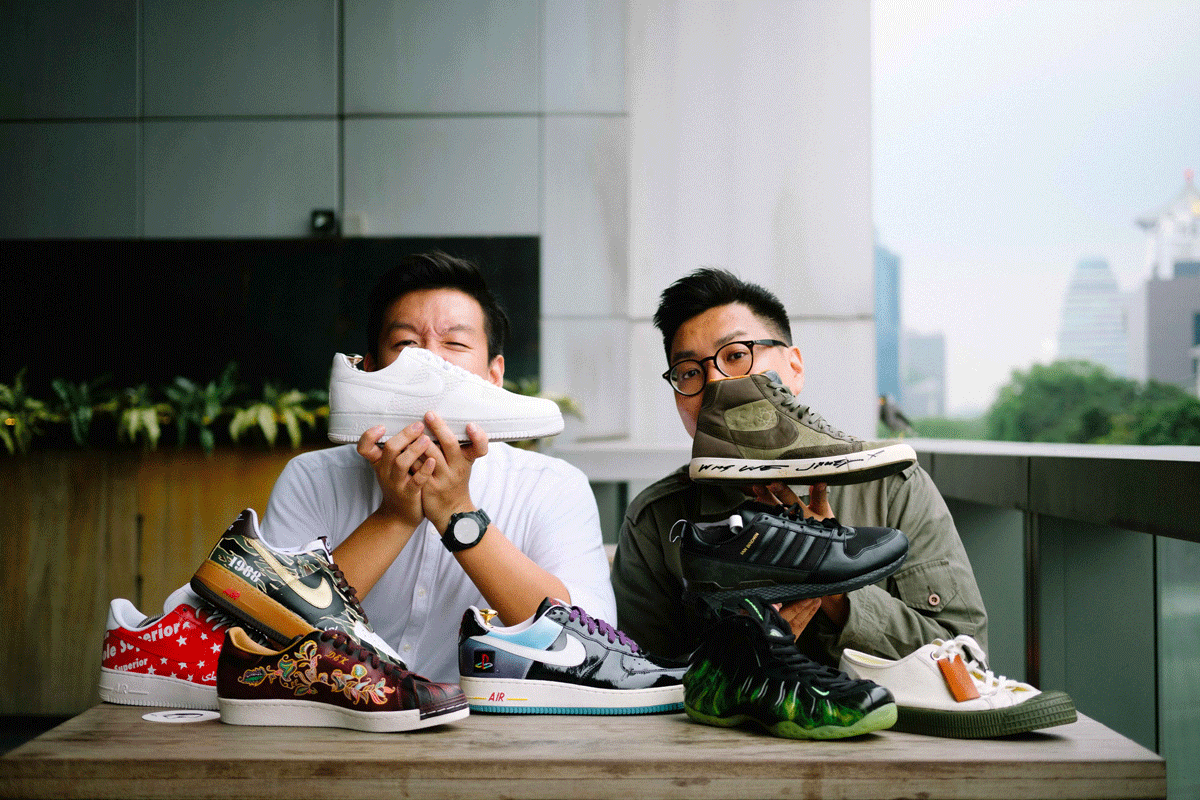Streetwear collectors are a misunderstood bunch.
In both Singapore and around the world, they are most notoriously known for their time spent overnight queues, branded t-shirts, and expensive sneakers. Yet genuine passion lies beyond their ability to wait in line for days or shell out thousands of dollars every few months for a couple of printed tees and a few pairs of shoes.
It’s passion for not just clothes and shoes, but for the histories, cultures, celebrities and music behind them—things not immediately observable to an average passerby.
For a glimpse into this world, I reached out to Fahim, arguably Singapore’s largest collector of Supreme, and Jonathan and Dexter, the founders of Sole Superior, Singapore’s premier sneaker and streetwear convention.
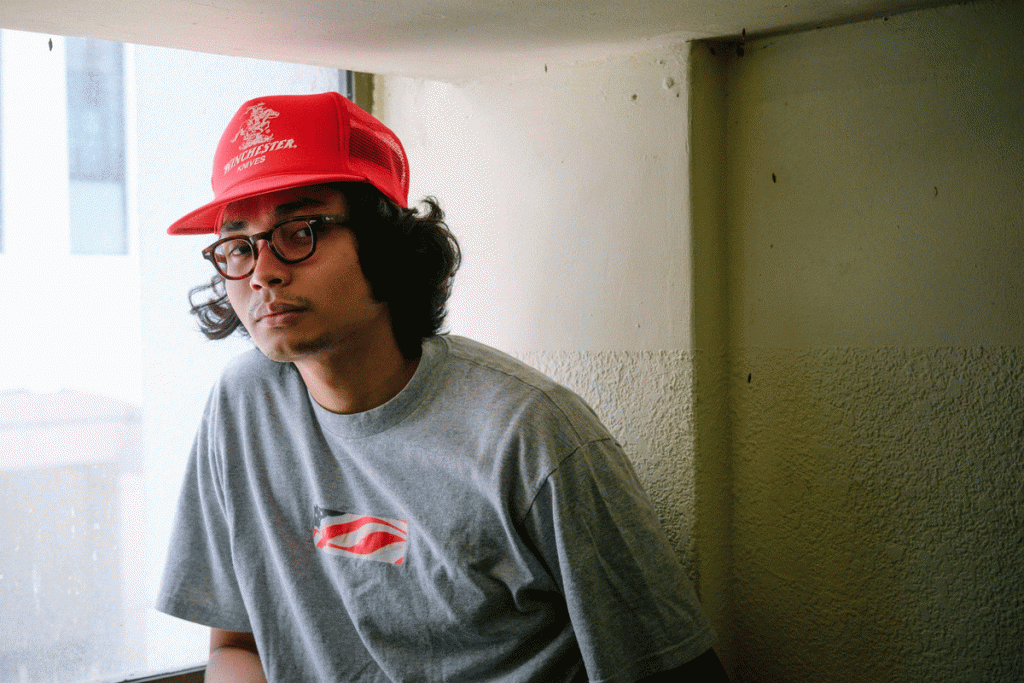
Fahim: That word is really overused and overrated nowadays. Back in the day, it used to refer to someone who was always chasing the hype. They would be the first to get their hands on an item and the first to flex it [show-off].
Now it’s a word used on anyone who’s simply flexing what everyone else is flexing. Also, people buy items to flex but they don’t understand it, or know how to style themselves in a manner that reflects their influences.
Jonathan: From my observations, the term is usually just used by people who are passionate about things themselves and dislike other people being passionate about it too.
They see it as I have taste, and this person—a hypebeast, is tasteless. I am the trendsetter and this person is just jumping on the bandwagon.
Dexter: You can be a hypebeast for anything really. New property, technology, clothes. We all have a little hypebeast in us.

F: That it’s a waste of money and time. That it’s just a phase. I guess whatever you do, people will still criticise you. So why not just do whatever makes you happy?
D: They may think that we are merely blind hoarders who drop a ton of money on streetwear or that we only collect expensive things. Yes, the dollar value of our purchases may at times be considered relatively high compared to buying general run of the mill pieces, but there are collectors who buy with value in mind too.
It’s ironic because people here are willing to queue hours for Hello Kitty, but when they see sneakerheads queueing up for Jordans they’ll think we’re crazy.
R: And what is this value that collectors like yourselves see in streetwear?
F: Streetwear is not just focused on the aesthetic pursuit of the perfect silhouette. It also takes references from movies, music and visuals. It’s how we feel, what we listen to. It’s a culture.
I’ve always been fascinated by Supreme’s “F**K ‘EM” lifestyle and that’s why I collect it. It’s serious. The first time I went to New York, I spent a lot just to break the ice with the collectors in Los Angeles.
People need to know that you’re crazy or willing enough to find stuff, to go out of your way to be wherever you want to be, to pay for a certain piece and to be respected as a serious collector.
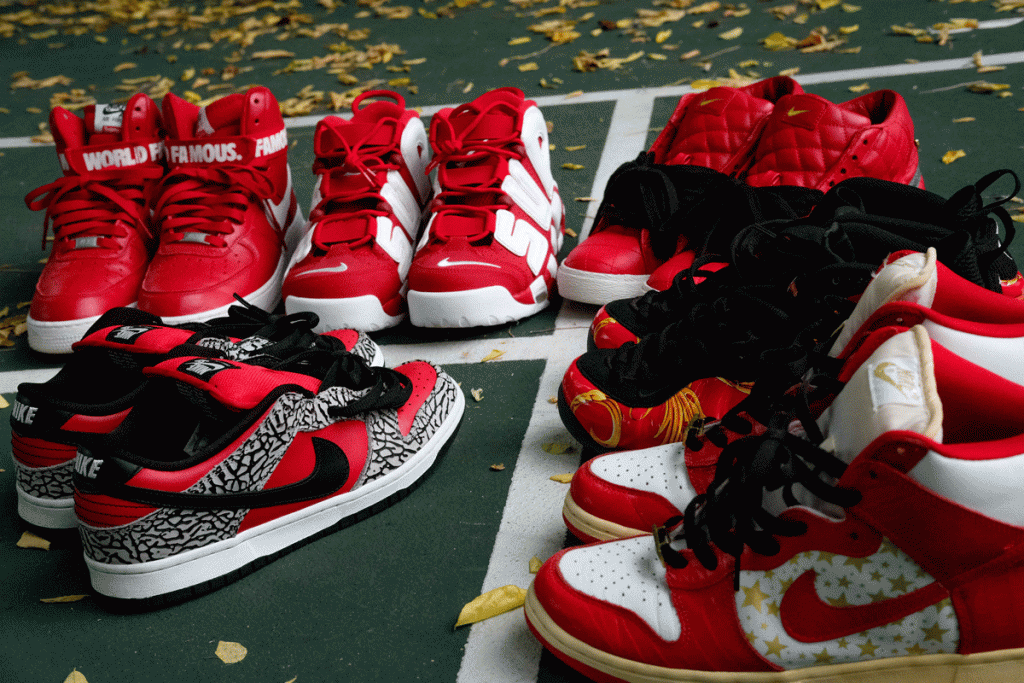
F: For me, yes. As a Supreme collector I support the culture, the idea and historical background of Supreme. I wear stuff that I know of and if I don’t, I’ll ask.
I was also really influenced by the kids who would hang out and shop at Far East Plaza or Cineleisure in the early 2000s. Back then they would tell me, yo you can’t wear Japanese brands with Gucci. And you must have an interest in music and dress according to the genre. Hip hoppers wear oversized clothes. You can’t wear something that’s hip hop influenced with distressed pants, those are worn by punks.
And if you dressed wrongly, they would laugh at you and tell you to go home and change.
J: It’s also a lot to do with the subculture. Skateboarders used to look down on people who wore skateboarding shoes but didn’t skate. But now where skateboarding is at, it’s generally accepted by everybody.
A lot of culture mindsets have changed and at the end of the day, you should just do and wear what you want but if you want to know about it, the knowledge is at your fingertips.
D: However I’m unsure if the current generation is interested in gaining knowledge because there’s no need to prove any kind of authenticity in life anymore. Now if you wore a thrasher shirt, you don’t have to skate or even know that it’s a magazine.
J: But it’s not a bad thing really. There are worse things to get angry over.
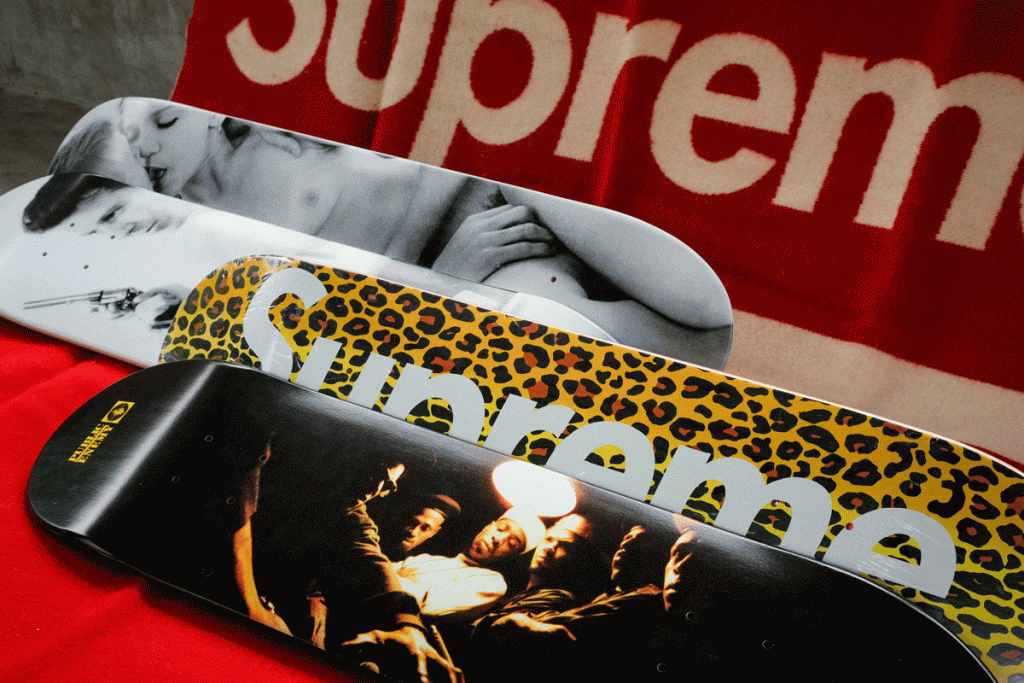
J: At one stage I had about 800 pairs. Now I have about 150. I was a sample shoe hoarder and I’d go to all these sales and buy samples because it was cheap. Plus I have a bad habit of not throwing anything away especially because I get sentimental over certain pairs of shoes.
D: Jon and I face the same problem of storage space. He has no room for his kid, and I need more room for myself. I’ve been collecting for about 13 years and have about 180 to 190 pairs. For shoes we don’t want anymore, we’ll either sell or just throw them away.
R: How do you feel about reselling your items?
F: I’ve got offers for everything in my collection before. Someone wanted to buy all my Supreme accessories for $50,000 but I said no.
I don’t mind selling my stuff actually. I want to sell it in fact, but to the right people, to collectors who understand the history, who will wear and appreciate it. Among collectors, we’ll help each other. It’s not so much about the price. I don’t want to sell it to some kid for cheap who just intends to flip it for a higher price next time and only benefit himself.
D: I used to resell my stuff brand new at double the value just so I can cover the cost of my own shoe, but now you can see Yeezys going for over five times the retail price. And what’s worse is that you have students willing to pay thousands for these shoes.
Buying a CD for me was a big thing last time and here you have kids spending their parent’s money without saving up or even working for their items.
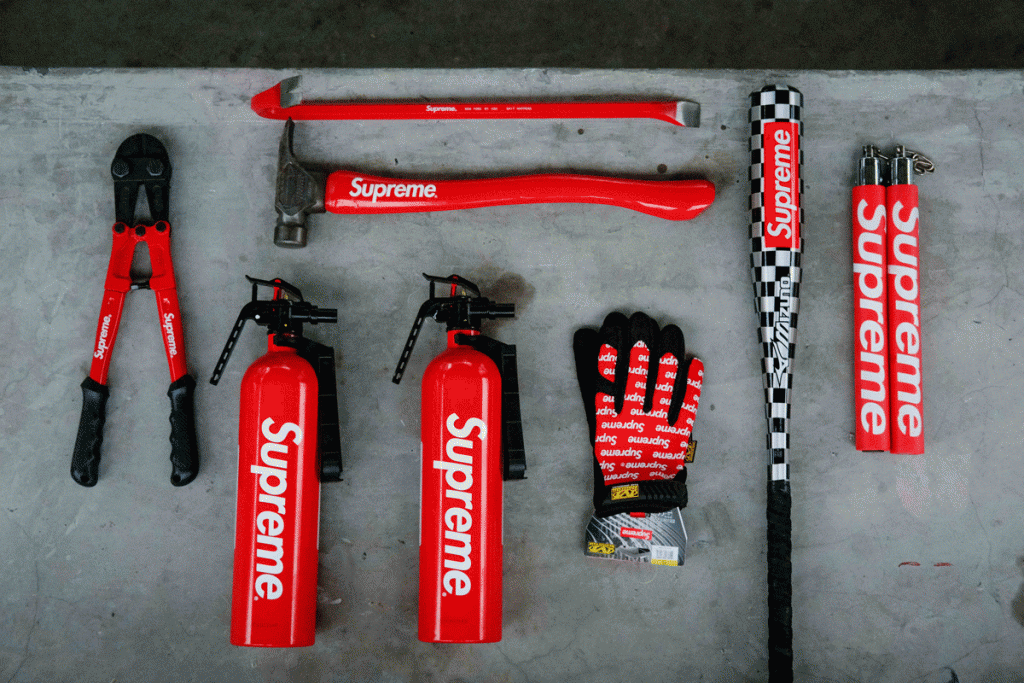
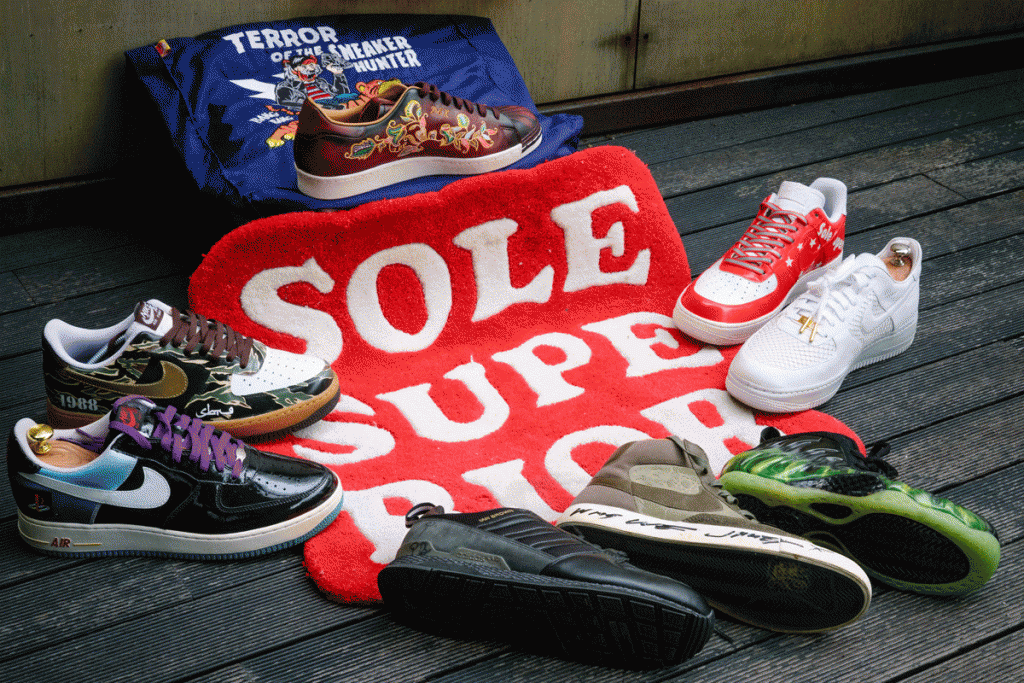
F: Why would you want to buy fakes when you could just opt for a cheaper alternative like Stussy or Obey? If you buy fakes, you’re just doing it to show off and you’re contributing to the community of counterfeits. You’re not contributing to those who took the effort to make the brand where it is right now.
I have friends who buy fakes and I tell them, yo, I can’t be seen with you man. I have a reputation to maintain. What if people start thinking my stuff is fake too?
D: Honestly, I don’t see a problem with fakes if it’s the only thing they can afford. Or maybe they were bamboozled into it as first time buyers. There’s no need to go all fashion police and call people out.
J: And if the tables were turned and someone made bootleg (fake) Sole Superior merch and sold it, that would be great man, I think that’s a sign that we’ve made it already.
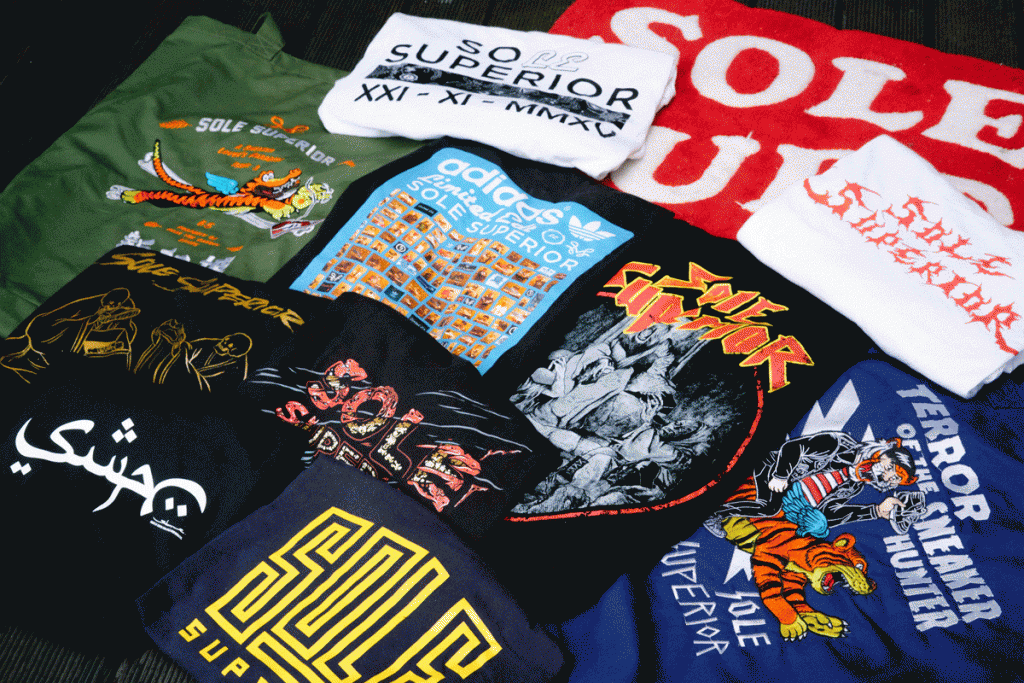
J: During the first Yeezy release in 2007/08, at Limited Edition’s Heeren store, there were only 150 people balloting for 30 shoes and this was already considered a major event for the sneaker community.
Now, after the sneaker renaissance in 2015/16, you have around 4000 people balloting for 300 pairs every 2-3 months.
My most expensive shoe was a $400 SBTG custom sneaker that I bought when I was 13. Nowadays it’s not considered expensive but in the past, it was rare to see sneakers above $300. Now it’s the norm.
D: Singapore generally tends to be very commercially charged. We follow trends heavily, especially from Korea, Hong Kong and the U.S.
Right now, everything vintage is on fire and you’ll see young streetwear enthusiasts decked out in pieces from Fila, Tommy Hilfiger and Polo Ralph Lauren. But flashback to 5 years ago and everyone was in baggy tees, white tees and NBA jerseys.
Also, we’re seeing a lot more ladies, younger kids and older sneakerheads emerging which is so cool.
R: Would you say streetwear is more of a guy’s thing than a woman’s thing?
F: Initially, ladies weren’t as active in the streetwear scene because there weren’t a lot of female rappers or streetwear icons in the past for them to look up to. Instead, every lady wanted chanel, louboutins or birkin bags. That was their thing.
Now with Rihanna and what not going into streetwear brands, everyone wants to follow suit. It’s good, it makes the scene more vibrant if there are more ladies who are into it, rather than just blindly following their boyfriends.
J: The thing is, women know how to style sneakers better than guys. And it’s a good thing that they’re not only trend-centric but also care about the knowledge before just buying into it.
In the past, we always thought women would get their shoes from Rubi or Charles & Keith but you know if they’re into sneakers, great. If you and I like it and we buy the same thing, we have more in common.
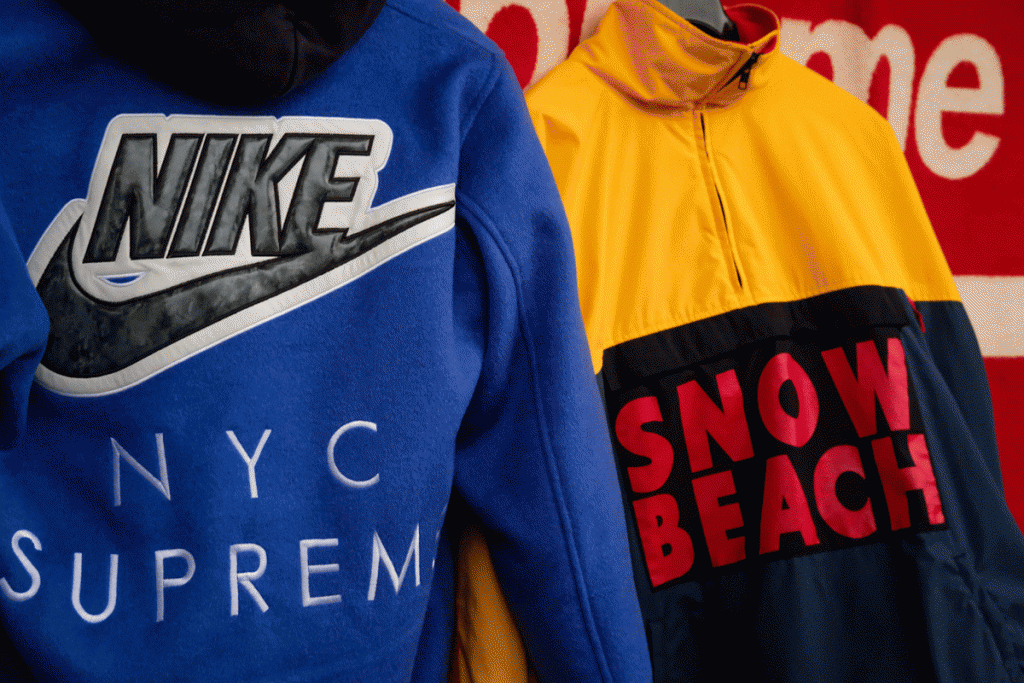
F: Singaporeans are really salty. People are always judging, comparing and thinking things are fake.
In the States where I’ve seen, they show you mad love and mad respect because they know how hard it is as a foreigner to get influenced and get products in the 90s and early 2000s. We could use more of that here.
J: Queuing for shoes here is pretty sad. You’ll rarely find people talking to each other in the queue which is funny because that’s how Dexter and I first met.
In queues here, everyone just looks you over head to toe. If you’re wearing an expensive shoe, they’ll ask how you got it. If it’s a cheap shoe, they’ll avoid you. The community is strong but it’s also really fragmented and we want to bring everyone together to interact, share their interests and push the scene forward.
D: With Sole Superior we want to show that hey, there are passionate sneakerheads in Singapore and there’s a market worth investing in.
Locally we don’t get any events anymore. Back in 2005/2006 during Nike’s global Air Force Day, there would be an entire week of Air Force Ones celebrations at Clarke Quay. When Lebron James first joined the NBA, there was a huge event in Ngee Ann City, a basketball tournament, sneaker release and music show. After that it just died down.
J: We want to just make some noise and let brands know that hey, not everything happens in Shanghai.

